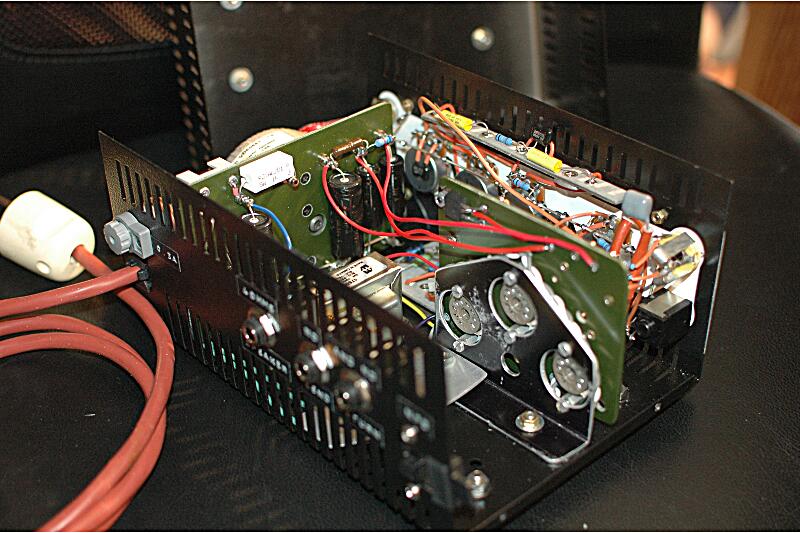Hello,
Not sure this forum is the good place to ask but I've been suggested to ask my solid-state related questions here, so:
I've got what looks like a (C5248, A1964) driven push-pull of Sanken (C3264, A1295) chips (plus the board and its power supply) from a cheap - https://www.thomann.de/gb/harley_benton_hbw150.htm - bass amp.
The amp was not working so I'm not even sure the power section does, but I would have the use of a powerfull SS amp., to plug in the outlet of some tube pre-amp.
The board features various annotated plugs so I've got an idea of what (HP, power supply and inboard compressor switch) goes where but the 6 pins input connector, which reads:
COM - GND + GND IN
Additionaly the board seems to have some additional gain stages - plus the compressor circuit, so I'm not sure about where to start & I did not find a lot of info elsewhere. I thus look forward to reading any comments, suggestions and criticisms.
Thanks for your interest, anyway.
Not sure this forum is the good place to ask but I've been suggested to ask my solid-state related questions here, so:
I've got what looks like a (C5248, A1964) driven push-pull of Sanken (C3264, A1295) chips (plus the board and its power supply) from a cheap - https://www.thomann.de/gb/harley_benton_hbw150.htm - bass amp.
The amp was not working so I'm not even sure the power section does, but I would have the use of a powerfull SS amp., to plug in the outlet of some tube pre-amp.
The board features various annotated plugs so I've got an idea of what (HP, power supply and inboard compressor switch) goes where but the 6 pins input connector, which reads:
COM - GND + GND IN
Additionaly the board seems to have some additional gain stages - plus the compressor circuit, so I'm not sure about where to start & I did not find a lot of info elsewhere. I thus look forward to reading any comments, suggestions and criticisms.
Thanks for your interest, anyway.

Comment